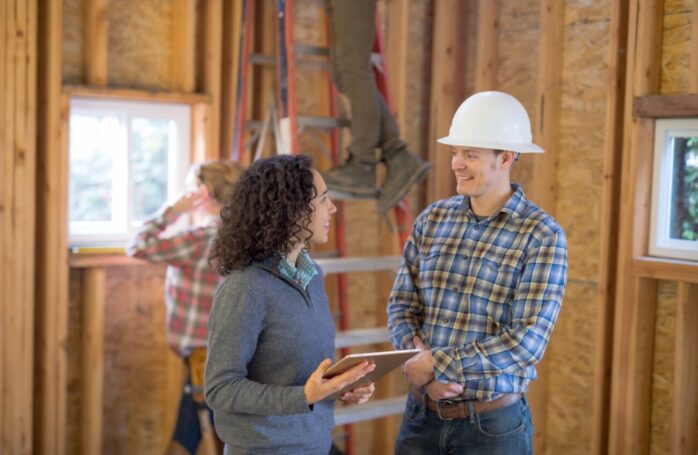
DIY home remodeling projects can be a great way to add value to your home and make it more comfortable for you and your family. However, you need to proceed carefully and know the rules to avoid doing more harm than good with these kinds of projects. Here, we’ll go over some of the most important considerations you should make before beginning a do-it-yourself home improvement project.
DO: Start with a Plan
It’s important to have a plan in place before you start tearing down walls or ripping up flooring. There needs to be an in-depth understanding of the project’s scope, a thorough list of the stuff that needs doing, and a preplanned-out schedule. It’s important to get the appropriate permits and licenses for your project before you get started.
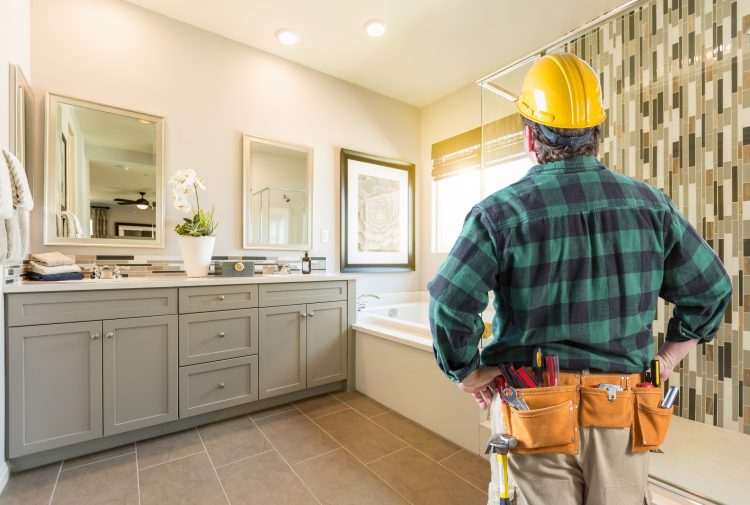
DO: Invest in Quality Tools
A common pitfall of do-it-yourself DIY remodels is the use of cheap tools. Accidents, injuries, and mounting frustration are all possible outcomes. Make an investment in high-quality tools that are made for the task at hand, and practice using them until you’ve mastered their use.
DO: Take Safety Precautions
Home remodeling projects can be dangerous, so it’s important to take safety precautions to protect yourself and anyone else who may be working with you. This may include wearing safety gear such as gloves, safety glasses, and hard hats, and ensuring that your work area is well-ventilated and free from hazards.
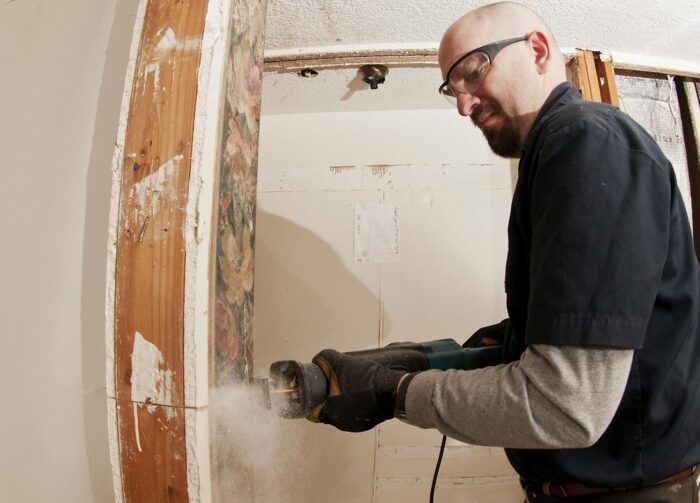
DO: Research and Learn
DIY veterans should still read up on their projects as thoroughly as possible. To learn more about the process and the potential pitfalls you could face, it’s a good idea to consult tutorials, articles, and videos online.
DON’T: Take on More Than You Can Handle
DIY renovators often make the mistake of attempting a job that is beyond their capabilities. This can cause frustration, injuries, and mistakes. Take on only what you know you can handle successfully, and be honest with yourself about your abilities.
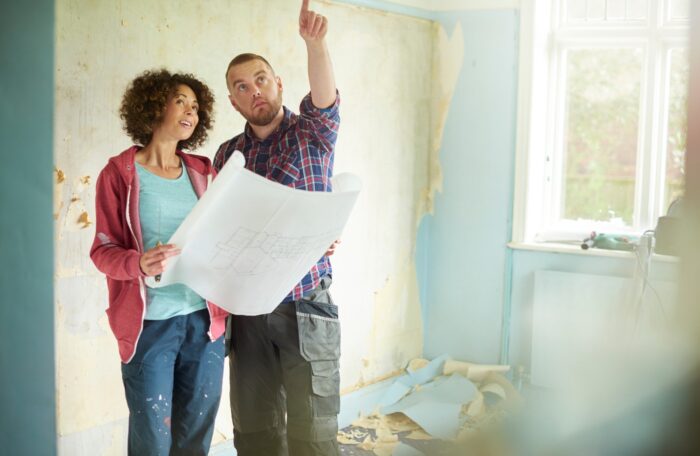
DON’T: Rush the Project
Home remodeling projects can take a lot of time and effort, so it’s important to be patient and not rush the process. Rushing can lead to mistakes and may end up costing you more in the long run. Make sure you have a realistic timeline in place and take the time to do things right.
DON’T: Skimp on Materials
While it may be tempting to save money by skimping on quality by using subpar components, doing so can backfire and cost you more in the long run. Don’t skimp on essentials like insulation and waterproofing and instead, spend money on high-quality materials made specifically for the task at hand.
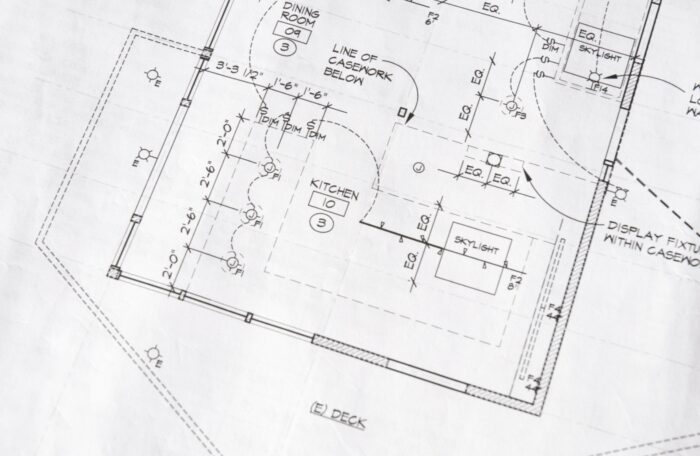
DON’T: Ignore Building Codes
Building codes exist for a reason, and ignoring them can lead to serious consequences. Make sure you’re familiar with all the relevant codes and regulations for your area and ensure that your project is in compliance.
DO: Consider Your Resale Value
When renovating a home with the end goal of selling it in mind, resale value is an important consideration to make. Some renovations, like a new kitchen or bathroom, can significantly increase your home’s resale price, while others may not. When deciding what changes to make to your home, keep in mind the local market and the tastes of potential buyers.
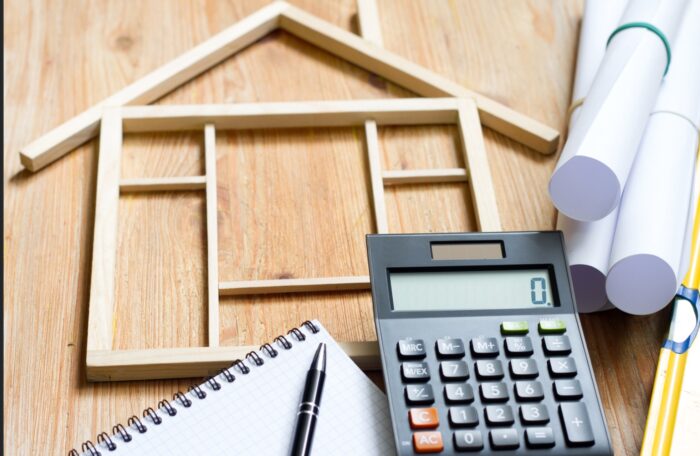
DO: Focus on Functionality
While aesthetics are important, it’s important to prioritize functionality when remodeling your home. Make sure the changes you’re making will improve your home’s livability and functionality, and don’t sacrifice practicality for style.
DO: Hire a Professional When Necessary
Plumbing and electrical work, for example, are two examples of the kinds of home improvement tasks best handled by experts. If you don’t feel confident doing these things yourself, it’s in your best interest to hire a certified expert.
Additionally, here are a few quick tips to consider when taking on a DIY home remodeling project:
- Do your research: Before you start any project, make sure you research and understand the steps involved. Look for online tutorials, read books or watch videos to learn about the project. It’s important to know what you’re getting into before you start.
- Get the right tools: Having the right tools is essential to any DIY project. Invest in quality tools that are appropriate for the job. Using the wrong tools can lead to mistakes, frustration, and even injury.
- Create a budget: Remodeling projects can be expensive, so it’s important to create a budget and stick to it. Factor in the cost of materials, tools, permits, and any unexpected expenses that may arise.
- Prioritize safety: Safety should always be a top priority when taking on a DIY project. Wear protective gear, such as safety glasses, gloves, and a dust mask. Make sure your workspace is well-ventilated and keep children and pets away from the area.
- Take your time: Don’t rush your project. Take your time to ensure that each step is done correctly. Rushing can lead to mistakes that can be costly to fix later on.
- Don’t be afraid to ask for help: If you’re feeling overwhelmed or unsure about a particular step, don’t be afraid to ask for help. Reach out to friends, family, or even a professional for guidance.
- Consider resale value: While it’s important to create a space that reflects your personal style, it’s also important to consider resale value. Neutral colors and classic styles tend to have broader appeal than bold or trendy designs.
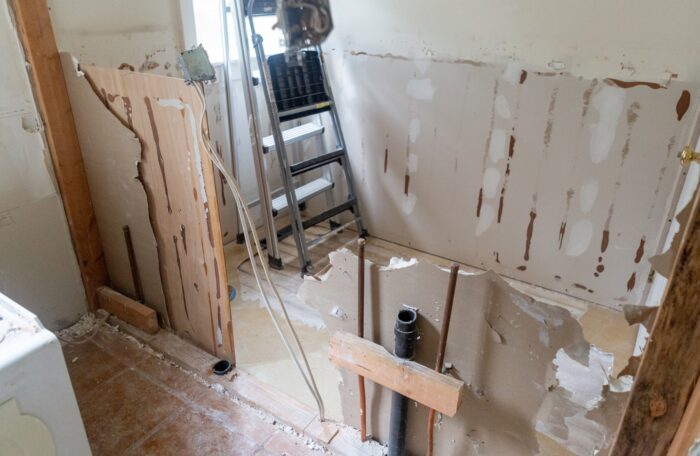
In conclusion, DIY home remodeling projects can be a great way to add value and comfort to your home, but it’s important to approach these projects with caution and knowledge. Always start with a solid plan, invest in quality tools, and take safety precautions to protect yourself and others. Don’t take on more than you can handle, don’t rush the project, and don’t skimp on materials or ignore building codes. Consider your resale value and prioritize functionality over style. And remember, there are some projects that are best left to the professionals. With these dos and don’ts in mind, you can successfully tackle your next DIY home remodeling project.











